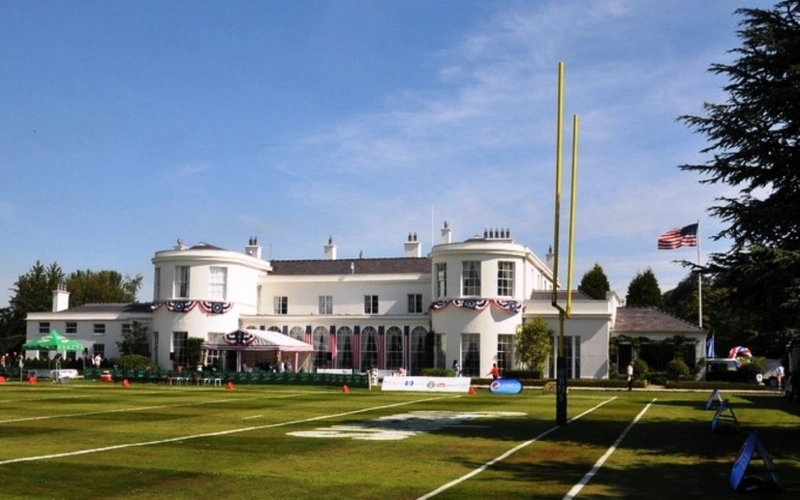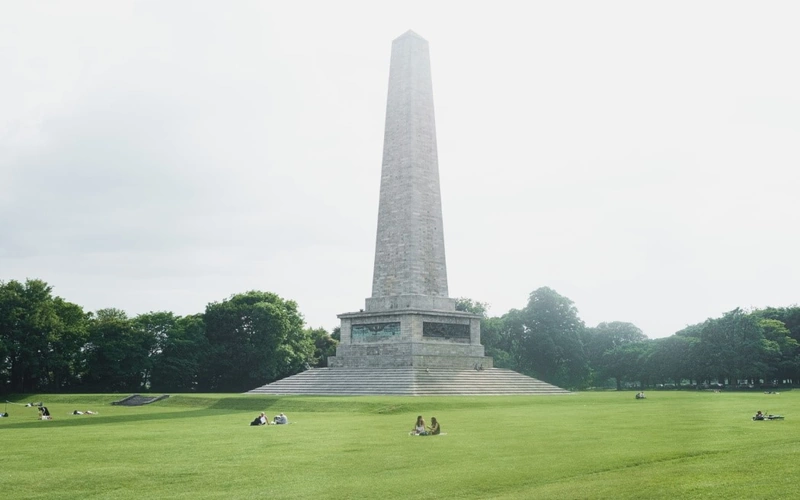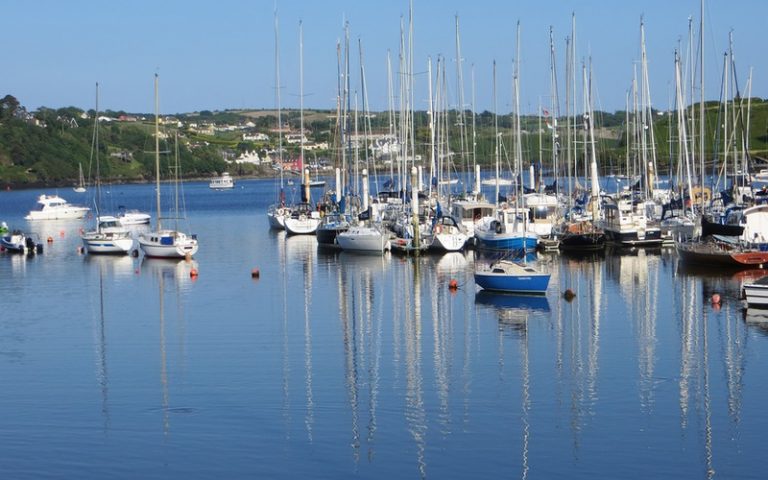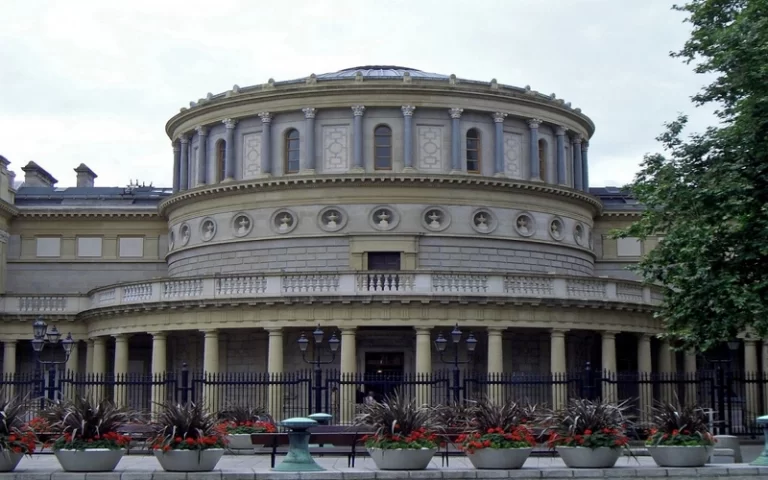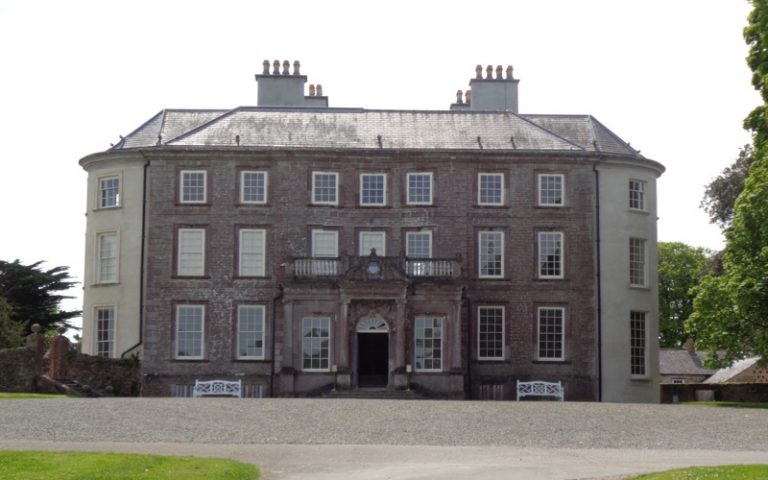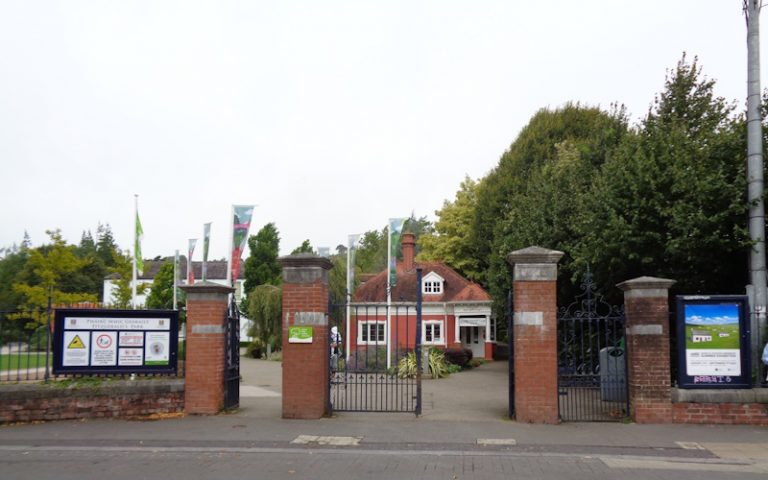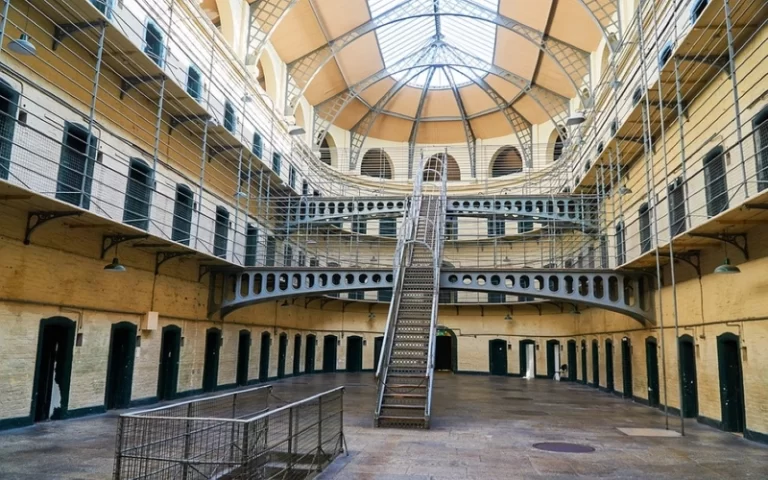Phoenix Park Dublin
Phoenix Park is an urban park lying 2–4 km west of Dublin’s city centre and just north of the River Liffey. Its 11 km perimeter wall encloses 707 hectares, and it is one of the largest enclosed recreational spaces within any European capital city. It includes large areas of grassland and tree-lined avenues, and since the 17th century, it has been home to a herd of wild fallow deer.
It contains the Wellington Monument, a 62 metres (203 ft) tall obelisk which was built to commemorate the victories of the Duke of Wellington. It is the largest obelisk in Europe (Wikipedia).
There are many tourist attractions within the park, including the Wellington Monument, the Papal Cross, Dublin Zoo, Ashtown Castle and Visitor Centre, and the People’s Gardens. Within the park, you will also find the residences of the President of Ireland and the ambassador of the US.
Papal Cross
The Papal Cross at the edge of Fifteen Acres was erected as a backdrop for the outdoor mass celebrated there by Pope John Paul II on 29 September 1979, the first day of his pastoral visit to Ireland. The congregation numbered over one million, equal to Dublin’s population.
Pope Francis celebrated mass here on the final day of his pastoral visit to Ireland in 2018.
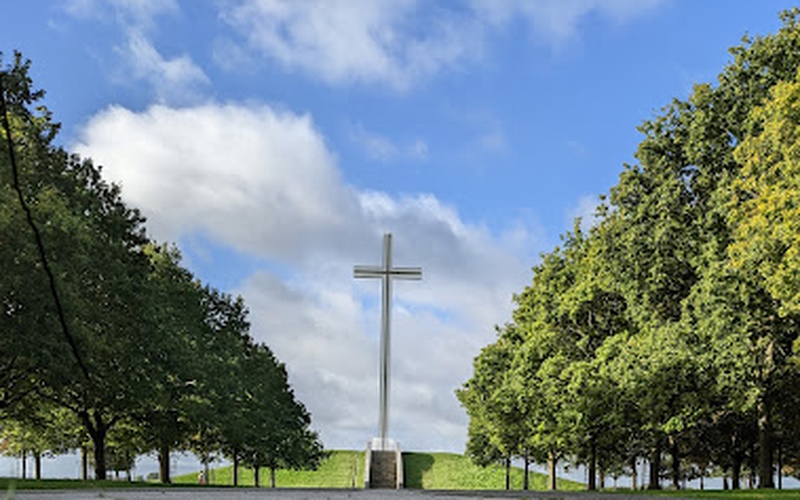
Dublin Zoo
Dublin Zoo occupies 28 hectares in Phoenix Park. It is one of Dublin’s main attractions.
It opened to the public on September 1, 1831, with animals from the London Society, making it the third oldest zoo in the world. Within a year the zoo housed 123 species.
Dublin Zoo is home to over 400 animals from all over the globe. Many of the animals living there are extremely rare species whose very survival is under threat in the wild.
It is managed by caring zoo professionals who devote their lives to the welfare and care of animals and to understanding their needs. They are knowledgeable about the natural habitat of the animals, diet, genetics, animal health, and social grouping.
Contact details: Tel.: +353 (0)1 4748900 Email: info@dublinzoo.ie

Ashtown Castle
The oldest building in the park is Ashtown Castle, a restored medieval tower house dating from the 15th century. Restoration began in 1989.
Close by is the visitor centre, which houses interpretive displays on the 5,500 years of the park and area history. Beside the visitor centre is a walled garden which contains many typical vegetables, flowers, and fruits from an Irish garden.
Contact details: Tel: +353 (0)1 6770095 Web: Phoenix Park
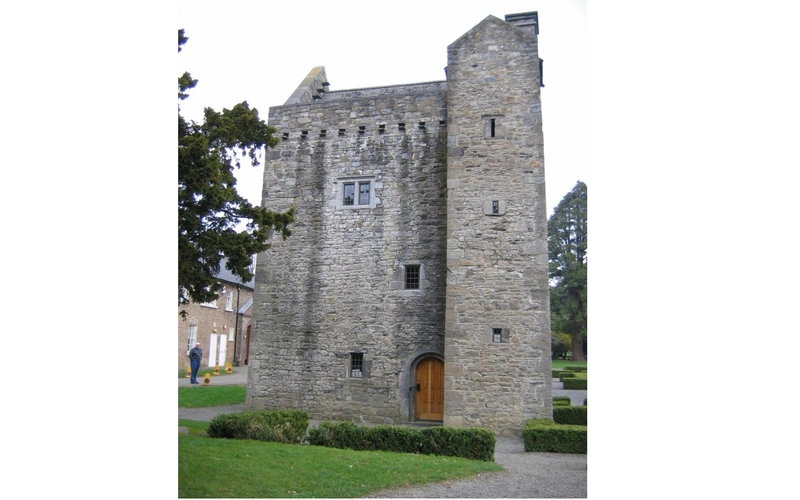
People’s Gardens
The gardens, located close to the Parkgate Street entrance, comprise an area of 9 hectares (22 acres) and were re-opened in 1864. These gardens were initially established in 1840 as the Promenade Grounds.
They display Victorian horticulture, including ornamental lakes, a children’s playground, picnic area, and bedding schemes. There is a statue in the gardens dedicated to executed Easter Rising leader Sean Heuston. There is a plaque in honour of the Irish sculptor Jerome Connor on Infirmary Road, overlooking the gardens which he frequently visited.
Visitors: Free admission.
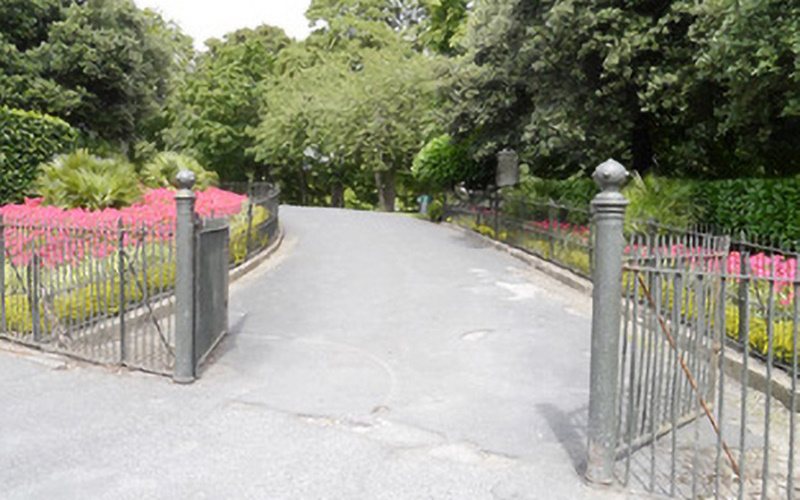
Áras an Uachtaráin
The residence of the President of Ireland, Aras an Uachtarain, which is located in the park, was built in 1754. The original house was designed by park ranger and amateur architect, Nathaniel Clements, in the mid-eighteenth century.
It was bought by the administration of the British Lord Lieutenant of Ireland to become his summer residence in the 1780s. His official residence was in the Viceregal Apartments in Dublin Castle.
After Irish independence, when the office of President was created in 1937, it became the official residence of the President of Ireland.
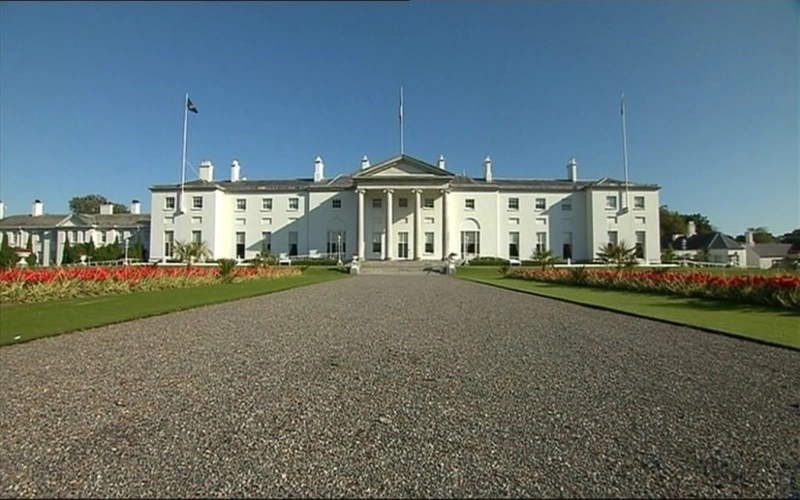
Deerfield Residence
The Deerfield Residence, previously the Chief Secretary’s Lodge and originally built in 1776, was the former residence of the Chief Secretary for Ireland, and before that was the Park Bailiff’s lodge. It is surrounded by sixty-two acres of land.
The Deerfield Residence has been the official residence of the United States Ambassador to Ireland since February 1927. The United States of America was one of the first countries to recognize and establish diplomatic relations with the new Irish Free State.
When Ireland became a Republic, the status of the Legation was upgraded to a full Embassy, and the first United States Ambassador, George Garret, was appointed to Ireland.
The property consists of 62 acres of lawn, orchards, and gardens, on which are located the Ambassador’s residence, three cottages, and a gate lodge. The lower ground floor of the residence comprises a ballroom, reception, dining room, library, office, kitchens, pantry, staff room, and laundry. Six suites, each of which includes a bedroom, bathroom, dressing room, and sitting room, are located on the upper floor.
